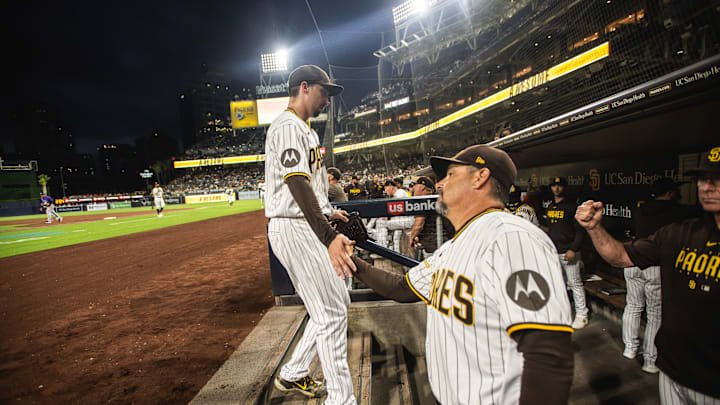3 reasons why Blake Snell might not be a fit for the SF Giants
3. Draft pick compensation
The Giants have not signed a player who rejected a qualifying offer in nearly 10 years. That was when they signed Jeff Samardzija to a five-year, $90 million pact in 2015. It has not necessarily been a non-starter for the Giants in recent years, but if they are going to do it, they would prefer it to be for a player on a longer-term deal.
For example, Noah Syndergaard rejected a qualifying offer from the New York Mets after the 2021 season. He ended up signing with the Los Angeles Angels on a one-year, $21 million deal. That type of deal would not make sense for the Giants.
The penalty for signing a player who rejected a qualifying offer is the loss of the second-highest pick and $500,000 in international bonus pool money. The penalty varies depending on a few factors, but that would be the cost for a team like the Giants if they signed Blake Snell.
Snell rejected a qualifying offer from the San Diego Padres earlier in the offseason, so there is draft pick compensation tied to his name. Would this preclude the Giants from signing the lefty pitcher?
It is part of the equation, but would not be a non-starter on its own, especially given that Snell will likely earn a deal of more than five years. Theoretically, he would be in a Giants uniform for a long time and would offer more value than that of a second-round pick. The Giants' farm system is turning the corner, but the penalty would be a bitter pill to swallow for a team that has not consistently produced from the farm system in years.
